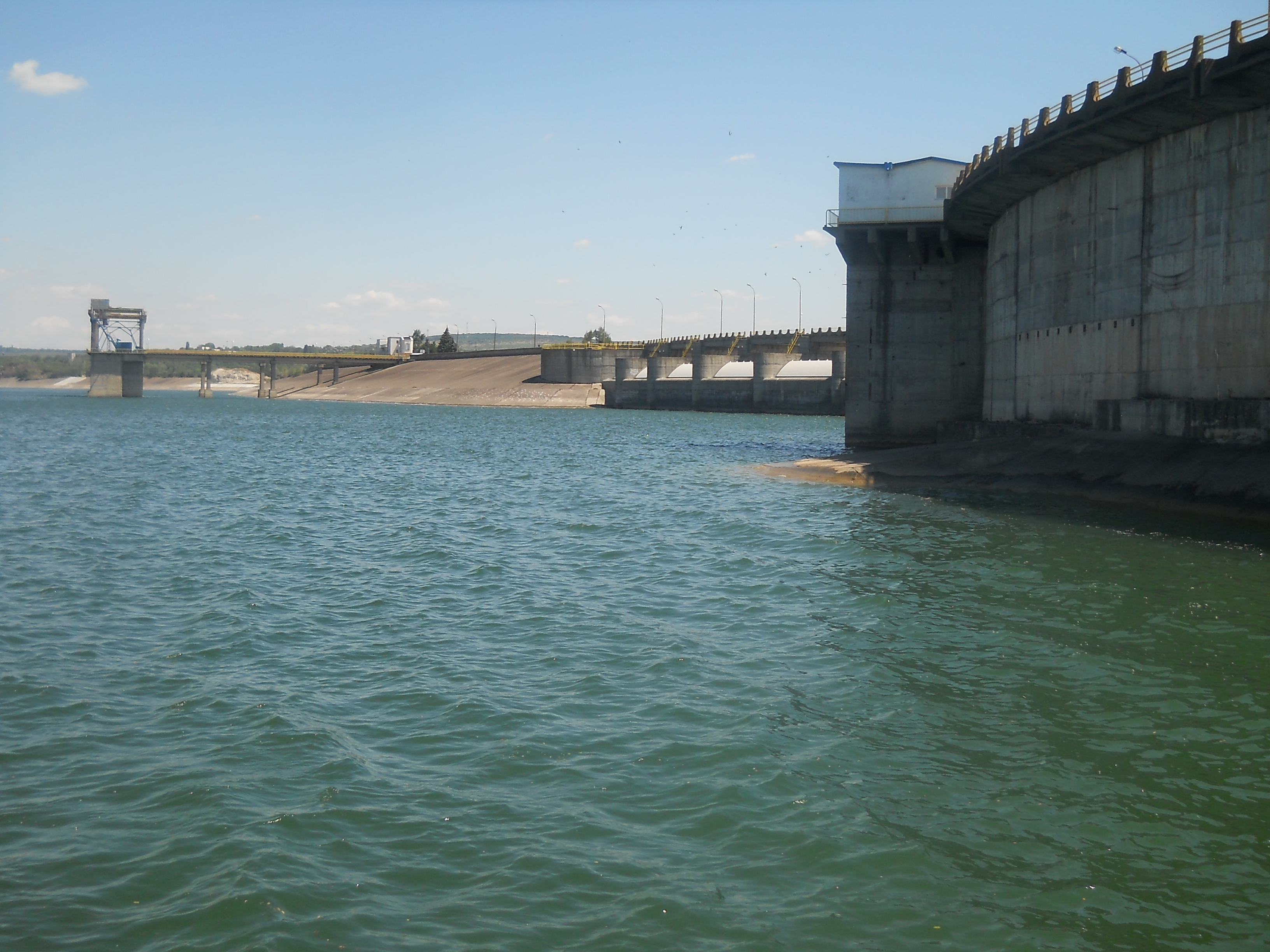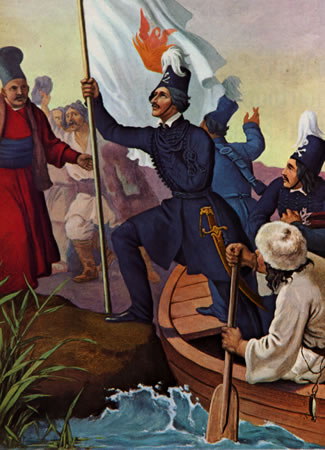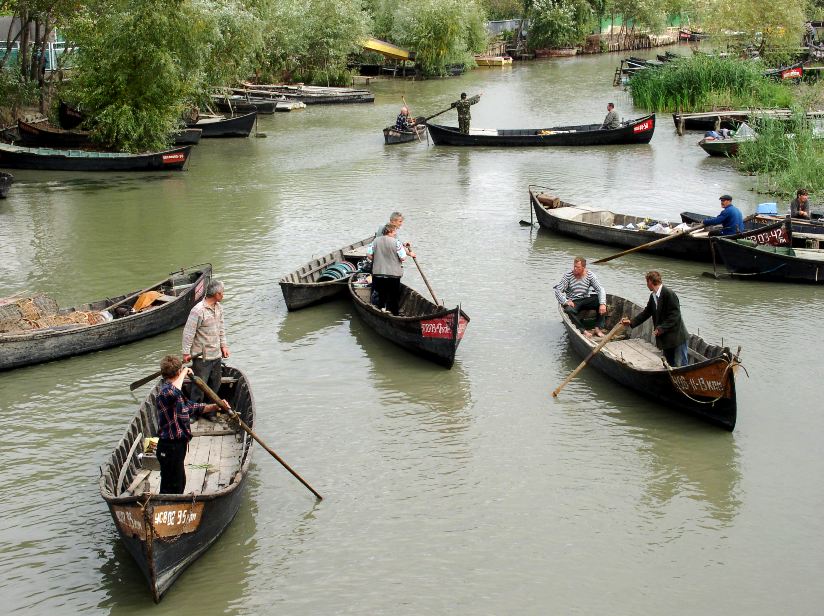|
Botoșani County
Botoșani County () is a county (județ) of Romania, in Western Moldavia (encompassing a few villages in neigbhouring Suceava County from Bukovina to the west as well), with the capital town ( ro, Oraș reședință de județ) at Botoșani. Demographics As of 31 October 2011, it had a population of 412,626 and the population density was 83/km2. * Romanians – 94.1% * Romani – 1% * Ukrainians – 0.2% * Lipovans – 0.1% * Other ethnicities – 0.1% * Unknown ethnicity – 4.6% Geography * Botoșani County is situated between the rivers Siret and Prut, in the northeastern part of Romania, bordering Ukraine to the north and Moldova to the east. To the west and south it has borders with Suceava and Iași counties. * It has a total area of , comprising 2.1% of the Romanian territory. * The relief is a high plain, between the valleys of the Siret and the Prut, and the latter's affluent, the Jijia River. * It has a temperate climate, influenced by the eastern air mas ... [...More Info...] [...Related Items...] OR: [Wikipedia] [Google] [Baidu] |
Nord-Est (development Region)
Nord-Est ( en, North East) is a development region in Romania. As other development regions, it does not have any administrative powers, its main function being to co-ordinate regional development projects and manage funds from the European Union. Counties The region covers the Northeast part of the country and, traditionally, it is a part of the old historical region of Moldavia (mainly, Western Moldavia and southern Bukovina). The Nord-Est region is made up of the following counties: *Bacău *Botoșani * Iași * Neamț *Suceava *Vaslui Economy The Nord-Est Region is an area with a rich historical, cultural and spiritual background. Geographically, the region goes from mountain ranges in the west, towards the gentle plateaus with important vineyards, and rolling plains with large farms in the east. It is also one of the tourist destinations in Romania. The economy of Nord-Est region is mixed, agricultural, especially towards the east, and with a number of industrial centres. Th ... [...More Info...] [...Related Items...] OR: [Wikipedia] [Google] [Baidu] |
Bukovina
Bukovinagerman: Bukowina or ; hu, Bukovina; pl, Bukowina; ro, Bucovina; uk, Буковина, ; see also other languages. is a historical region, variously described as part of either Central or Eastern Europe (or both).Klaus Peter BergerThe Creeping Codification of the New Lex Mercatoria Kluwer Law International, 2010, p. 132 The region is located on the northern slopes of the central Eastern Carpathians and the adjoining plains, today divided between Romania and Ukraine. Settled initially and primarily by Romanians and subsequently by Ruthenians (Ukrainians) during the 4th century, it became part of the Kievan Rus' in the 10th century and then the Principality of Moldavia during the 14th century. The region has been sparsely populated since the Paleolithic, with several now extinct peoples inhabiting it. Consequently, the culture of the Kievan Rus' spread in the region, with the Bukovinian Church administered from Kyiv until 1302, when it passed to Halych metropol ... [...More Info...] [...Related Items...] OR: [Wikipedia] [Google] [Baidu] |
Jijia
The Jijia () ( uk, Жижія, Zhyzhiya) is a river in Ukraine and the Moldavia region of Romania, a right tributary of the Prut. It rises in Ukraine at an altitude of 410 metres, flows south in Botoșani County through the town of Dorohoi and meets the Prut in Gorban, Iași County. It has a length of , of which 275 km in Romania, and a drainage area of about , of which in Romania. p. 13 Major tributaries are the rivers Sitna, and Bahlui. Tributar ...
|
Iași County
Iași County () is a county (județ) of Romania, in Western Moldavia, with the administrative seat at Iași. It is the most populous county in Romania, after the Municipality of Bucharest (which has the same administrative level as that of a county). Geography This county has a total area of 5,476 km2. It lies on a plain between the Siret River and the Prut River. Two other rivers run through the county: the Bahlui River (on the banks of which lies the city of Iași) and the Jijia River. Neighbours *Republic of Moldova to the east - Ungheni District. * Neamț County to the west. * Botoșani County and Suceava County to the northwest. * Vaslui County to the south. Demographics As of 20 October 2011 census, Iași County had a population of 772,348. On the other hand, according to the 2012 data provided by the County Population Register Service, the total registered population of the county is as high as 873,662 people. * Romanians - 97.61% * Romani - 1.55% * Lip ... [...More Info...] [...Related Items...] OR: [Wikipedia] [Google] [Baidu] |
Moldova
Moldova ( , ; ), officially the Republic of Moldova ( ro, Republica Moldova), is a landlocked country in Eastern Europe. It is bordered by Romania to the west and Ukraine to the north, east, and south. The unrecognised state of Transnistria lies across the Dniester river on the country's eastern border with Ukraine. Moldova's capital and largest city is Chișinău. Most of Moldovan territory was a part of the Principality of Moldavia from the 14th century until 1812, when it was ceded to the Russian Empire by the Ottoman Empire (to which Moldavia was a vassal state) and became known as Bessarabia. In 1856, southern Bessarabia was returned to Moldavia, which three years later united with Wallachia to form Romania, but Russian rule was restored over the whole of the region in 1878. During the 1917 Russian Revolution, Bessarabia briefly became an autonomous state within the Russian Republic, known as the Moldavian Democratic Republic. In February 1918, the Moldavian ... [...More Info...] [...Related Items...] OR: [Wikipedia] [Google] [Baidu] |
Ukraine
Ukraine ( uk, Україна, Ukraïna, ) is a country in Eastern Europe. It is the second-largest European country after Russia, which it borders to the east and northeast. Ukraine covers approximately . Prior to the ongoing Russian invasion, it was the eighth-most populous country in Europe, with a population of around 41 million people. It is also bordered by Belarus to the north; by Poland, Slovakia, and Hungary to the west; and by Romania and Moldova to the southwest; with a coastline along the Black Sea and the Sea of Azov to the south and southeast. Kyiv is the nation's capital and largest city. Ukraine's state language is Ukrainian; Russian is also widely spoken, especially in the east and south. During the Middle Ages, Ukraine was the site of early Slavic expansion and the area later became a key centre of East Slavic culture under the state of Kievan Rus', which emerged in the 9th century. The state eventually disintegrated into rival regional powers and ... [...More Info...] [...Related Items...] OR: [Wikipedia] [Google] [Baidu] |
Prut
The Prut (also spelled in English as Pruth; , uk, Прут) is a long river in Eastern Europe. It is a left tributary of the Danube. In part of its course it forms Romania's border with Moldova and Ukraine. Characteristics The Prut originates on the eastern slope of Mount Hoverla, in the Carpathian Mountains in Ukraine (Ivano-Frankivsk Oblast). At first, the river flows to the north. Near Yaremche it turns to the northeast, and near Kolomyia to the south-east. Having reached the border between Moldova and Romania, it turns even more to the south-east, and then to the south. It eventually joins the Danube near Giurgiulești, east of Galați and west of Reni. Between 1918 and 1939, the river was partly in Poland and partly in Greater Romania (Romanian: ''România Mare''). Prior to World War I, it served as a border between Romania and the Russian Empire. After World War II, the river once again denoted a border, this time between Romania and the Soviet Union. Nowadays, for a l ... [...More Info...] [...Related Items...] OR: [Wikipedia] [Google] [Baidu] |
Siret (river)
The Siret or Sireth ( uk, Сірет or Серет, ro, Siret , hu, Szeret, russian: Сирет) is a river that rises from the Carpathians in the Northern Bukovina region of Ukraine, and flows southward into Romania before it joins the Danube. It is long,Planul de management al spațiului hidrografic Siret Administrația Națională Apele Române of which in Romania, and its basin area is , of which in Romania. Its average discharge is . [...More Info...] [...Related Items...] OR: [Wikipedia] [Google] [Baidu] |
2022 Romanian Census
The 2022 Romanian census was a census in Romania that began on 1 February 2022. It was supposed to be done in 2021, but it was postponed due to the COVID-19 pandemic in Romania in order to avoid census takers from getting infected when coming into contact with ill or quarantined people. It was the first census held in Romania in which data was collected online, something that had support among Romanian youth. The census was divided into three phases: one in which personal data of the Romanian population was collected from various sites; another in which the population was to complete more precise data such as religion, in which town halls would help the natives of rural areas to answer the census; and a third one in which census takers would go to the homes and households of those who did not register their data online. Data for this census was planned not to be collected on paper, but instead with tablets so as to maintain social distancing between citizens. The entire data coll ... [...More Info...] [...Related Items...] OR: [Wikipedia] [Google] [Baidu] |
National Institute Of Statistics (Romania)
The National Institute of Statistics ( ro, Institutul Național de Statistică, INS) is a Romanian government agency which is responsible for collecting national statistics, in fields such as geography, the economy, demographics and society. The institute is also responsible for conducting Romania's census every ten years, with the latest census being organised in 2011. Leadership The head of the NIS is currently Tudorel Andrei, while the three vice-presidents are: *Elena Mihaela Iagăr, in charge of economic and social statistics *Marian Chivu, in charge of national accounts and the dissemination of statistical information *Beatrix Gered, in charge of IT activities and statistical infrastructure History Romania's first official statistics body was the Central Office for Administrative Statistics (''Oficiului Central de Statistică Administrativă''), established on July 12, 1859, under the reign of Alexandru Ioan Cuza. The organisation, one of the first national statistics org ... [...More Info...] [...Related Items...] OR: [Wikipedia] [Google] [Baidu] |
Minorities Of Romania
About 10.5% of Romania's population is represented by minorities (the rest of 89.5% being Romanians). The principal minorities in Romania are Hungarians ( Szeklers, Csangos, and Magyars; especially in Harghita, Covasna, and Mureș counties) and Romani people, with a declining German population (in Timiș, Sibiu, Brașov, or Suceava) and smaller numbers of Poles in Bukovina (Austria-Hungary attracted Polish miners, who settled there from the Kraków region in contemporary Poland during the 19th century), Serbs, Croats, Slovaks and Banat Bulgarians (in Banat), Ukrainians (in Maramureș and Bukovina), Greeks ( Brăila, Constanța), Jews (Wallachia, Bucharest), Turks and Tatars (in Constanța), Armenians, Russians ( Lipovans, in Tulcea), Afro-Romanians, and others. To this day, minority populations are greatest in Transylvania and the Banat, historical regions situated in the north and west of the country which were former territorial possessions of either the Ki ... [...More Info...] [...Related Items...] OR: [Wikipedia] [Google] [Baidu] |
Lipovans
, flag = Flag of the Lipovans.png , flag_caption = Flag of the Lipovans , image = Evstafiev-lipovane-slava-cherkeza.jpg , caption = Lipovans during a ceremony in front of the Lipovan church in the Romanian village of Slava Cercheză in 2004 , population = , region1 = , pop1 = 23,487 , ref1 = , region2 = , pop2 = , ref2 = , region3 = , pop3 = , ref3 = , region4 = , pop4 = 700–800 , ref4 = , religions = Old Believers (Eastern Orthodox Christianity) , languages = Russian, Romanian, Ukrainian, Bulgarian , related = Russians , footnotes = The Lipovans or Lippovans (russian: Липовáне; ro, Lipoveni; uk, Липовани; bg, Липованци) are ethnic Russian Old Believers living in Romania, Ukraine, Moldova and Bulgaria who settled in the Principality of Moldavia, in the east of the Principality of Wallachia (Muntenia), and in the regions of Dobruja and Budjak during the 17th and 18th centuries. According to the 2011 Romanian ... [...More Info...] [...Related Items...] OR: [Wikipedia] [Google] [Baidu] |






